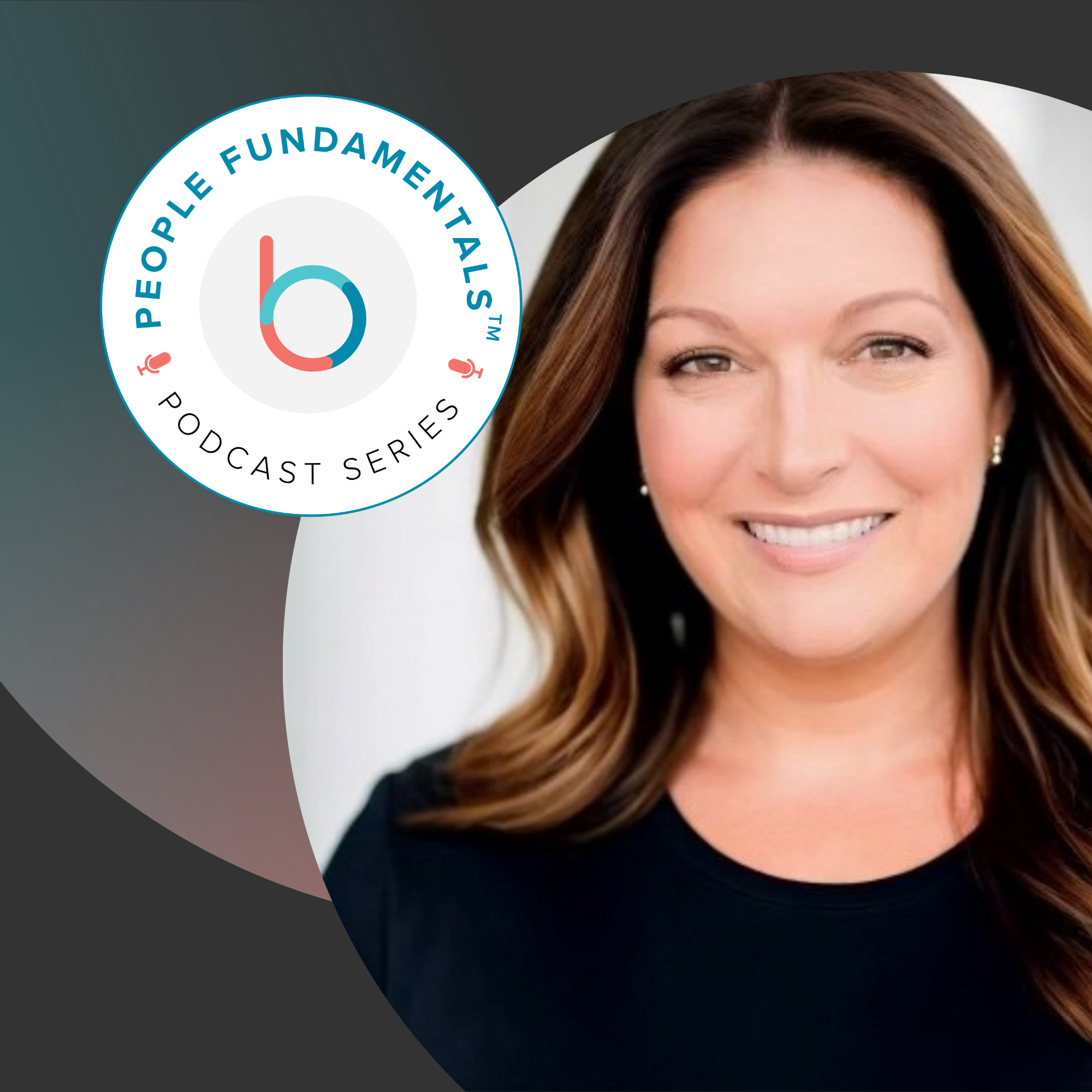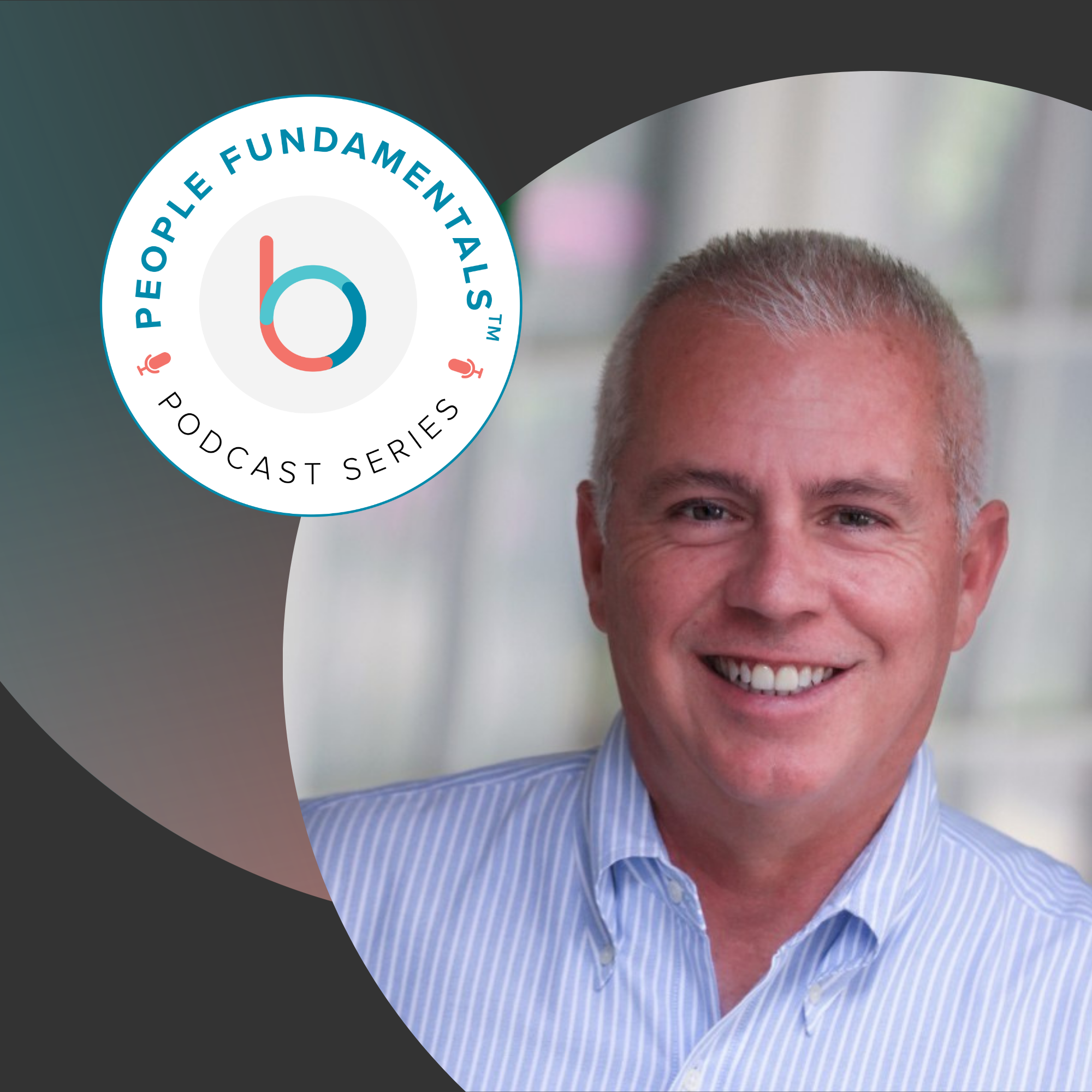When looking to set OKRs (objectives and key results), it’s understandable to want examples to spark inspiration—or at least compare with others to see if you’re stretching enough.
For how to write OKRs, the actual formula is simple: Objectives are goals and intents, while Key Results are time-bound and measurable milestones under these goals and intents.
So, put together, what are some examples of good OKRs to express this goal-setting equation? Say for example you’re planning a meeting about setting OKRs. John Doerr, author of “Measure What Matters”, recommends these OKRs:
O: Meaningfully improve your operating excellence in the next hour, as measured by:
- KR1: Finishing the session on time.
- KR2: Getting a 4+ quality rating from our first draft of team OKRs.
- KR3: 100% commitment to trying OKRs.
While there are three Key Results here, the maximum you should have is five. Teams and individuals should have no more than seven Objectives and they should all fit on one line.
OKR examples
What are some other good OKR examples?
This recent OKR example by Google is part of its new sustainability initiative as they develop a more product-based line. They write:
O: Design products and services for circularity and reuse materials at their highest environmental and social value.
- KR1: 100% of Made by Google products launching in 2022 and every year after will include recycled materials, with a drive to maximize recycled content wherever possible.
This OKR is a guide to help every person involved in the process work on the right thing at the right time. It gives clarity to what the company’s most important, high-level objectives are and, better yet, fits within their new mission statement of, “to build sustainability into everything we do…”
To see how this company-wide clarity would be dispersed throughout an organization, a good model is a variation on the football example of a cascading OKR cycle in “Measure What Matters.”
John Doerr uses this analogy to express how the Key Results of senior colleagues become the Objectives of those under them.
Say for example you’re the head coach of a professional soccer team. Your OKRs might be: O: Win the World Cup.
- KR1: Average scored goals rate of 2.0 throughout the tournament.
- KR2: Average conceded goals rate of 0.5 throughout the tournament.
- KR3: Ball possession rate of 75%.
With that OKR, the OKR of the offensive coach becomes: O: Generate 700-meters-per-game passing attack.
- KR1: Pass completion rate of 85%.
- KR2: Shots on target rate of 80%.
- KR3: Penalty kick conversion rate of 100%.
…and continues on from there until each soccer team member has their own OKRs. Like a good math problem, the order is descending.
But what if winning the World Cup doesn’t seem realistic? Our very own Coach Ryan received this question at an OKR training and had this to say about the OKR process:
“With OKRs, you can write any objective you want and any key results. The key is not to sandbag and not to be unrealistic. If it’s truly unachievable, you absolutely are going to set yourself up for failure. But still, make it a stretch. If a poorly performing team sets a goal to win the World Cup and that’s not realistic, it’s still possible to set a goal that is aggressive and a stretch, like to win a regional championship.
Think simple. This isn’t meant to encompass everything that’s happening in an organization. Only those five things that make a truly meaningful difference to your organization over the next 90 days. And then a few sets of key results that really show and can measure us going in that direction. And if you’re using OKRs for setting ambitious goals on your own, they work that way, too.”
Say you’re a freelance consultant and you need to get your new website up so more potential clients can find you on Google. Your OKR might be something like this:
O: Launch website for freelance consulting.
- KR1: Research and buy the best available domain name by July 1.
- KR2: Choose and implement the best CMS (content management system) by July 10.
- KR3: Publish the first blog post by August.
OKR tools
Whatever size organization you’re using OKRs with, there are automated ways to track them. For free OKR tools, you can try a WhatMatters.com OKR-tracking Google Doc or Sheet here.
For more scalable options, check these out.
Where can I get more information?
Do any of these OKR examples give you inspiration? We’d love to know what you’re thinking. Email us here or learn more about OKRs by exploring our FAQs, Resources, and Stories right here on WhatMatters.com.
Or, if you’re looking for an OKR coach, check this out.
Sam Prince (@samprincetweets) is a journalist, storyteller, and the content strategist of WhatMatters.com.
This article was originally published by Whatmatters.com.






